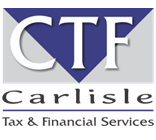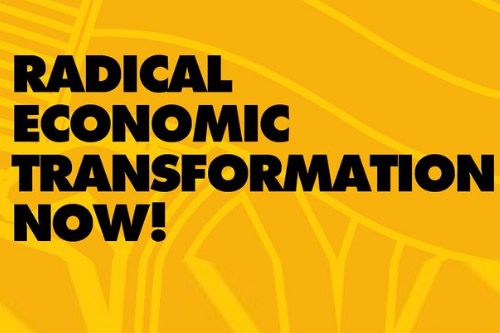Conventional wisdom would have you believe that retirement annuities (RAs) and contributions to pension and provident funds are the most prudent and “best” investments you can make. This view is anchored in the tax deductibility of investments in retirement funds. Investors can deduct up to 27.5% or a maximum of R350 000 of their annual taxable income or remuneration in contributions to retirement funds. This tax deduction reduces your taxable income before retirement and provides a “guaranteed” return in the form of a tax rebate to investors.
The conventional way of only looking at the pre-retirement tax savings is, however, fundamentally flawed, and not enough time is spent on considering the post-retirement impact of using retirement funds. Even though an RA (or contributing to a pension or provident fund) is extremely tax efficient before retirement, it is punitive post-retirement, as all the post-retirement income is taxable.
To illustrate the punitive impact of only using retirement funds for retirement savings we consider two examples. In the first example we consider an investor who earns R60 000 a month and in the second example an investor who earns R100 000 a month. For the examples we assume the investor (age 34) wants to make the maximum allowable contribution to his pension savings (27.5%) and to retire at 65. We assume income (and contributions) increase annually at an inflation rate of 6%.
We consider various scenarios in how an investor can contribute towards pre-retirement savings:
Scenario 1: no retirement fund; only invests in tax-free savings and unit trust investments. We assume the maximum allowable contribution to a tax-free savings account (TFSA), with the balance invested in a unit trust fund.
Scenario 2: only invests in retirement funds (pension funds, preservation funds or RAs). Tax savings not reinvested.
Scenario 3: invests in a combination of an RA, TFSA and unit trusts, with half of the contributions invested in the RA. We assume the maximum allowable contribution of R36 000 to a TFSA with the balance invested in a unit trust fund. Tax savings not reinvested.
Scenario 4: invests only in a RA but reinvests the tax savings. These savings are invested to the maximum allowable contribution in a TFSA with the balance in a unit trust fund.
Scenario 5: invests half of contributions in an RA, with the rest in tax-free savings and unit trusts. Tax savings from the RA are reinvested in a TFSA (to the maximum annual contribution) and unit trusts.
Income at retirement
From the analysis we can determine what the sustainable income is from retirement age to age 90. It is evident that the “best” solution is not using a retirement fund, or alternatively using a retirement fund in combination with tax-free savings and unit trust investment (see graph below, which illustrates income at today’s money value).

Even though the above may sound counter-intuitive, the answer is merely a result of the following:
- Contributing to a retirement fund does reduce your tax before retirement.
- By only investing in retirement funds, all the income post-retirement is taxable. In the example, the investors would pay tax of 20% and 28% respectively. The high post-retirement tax rate is extremely punitive and eats away at the investor’s capital post retirement.
- In only investing in tax-free savings and unit trusts before retirement, the investor significantly reduces his or her taxable income after retirement. In the examples the tax rate reduces to 4% (a 80% tax saving) and 12% (a 57% tax saving) respectively. The unit trust investment does attract capital gains tax and tax as a result of interest, but this is only on a portion of the investment.
- The TFSA and unit trusts are not bound by regulation 28 and can be invested more aggressively. We have assumed a 1% higher return.
- With less money going to the taxman in the 25 years after retirement, the investor can enjoy a significantly higher post-retirement income.
The analysis reinforces the importance of understanding tax pre- and post-retirement and implementing a retirement strategy that provides diversified income after retirement that specifically optimises for tax. This is even more relevant in a world where increased longevity results in people living into their 90s and 100s.
We would argue that investors need to implement a diversified post-retirement income strategy, and this needs to be implemented 20 or 30 years before retirement. Such a strategy needs to consider the other benefits that retirement funds provide including the fact retirement funds are not included in your estate and reduce your estate duty, are protected against creditors, and there are no executors’ fees on retirement assets.
Article: IOL




